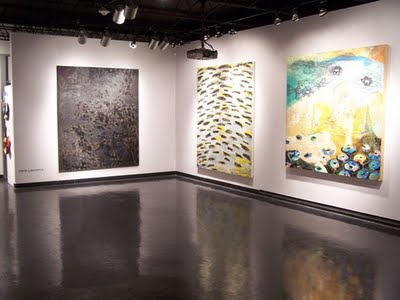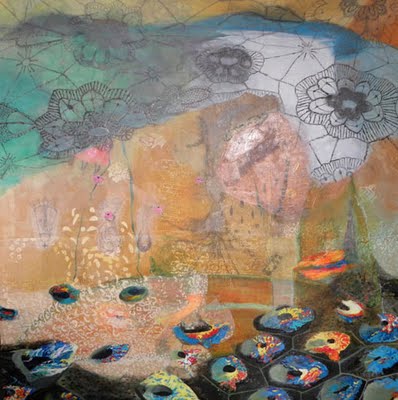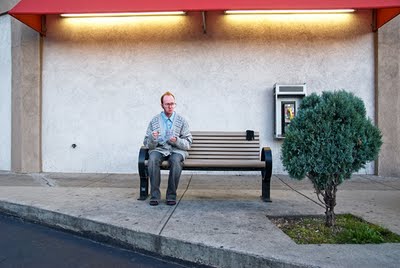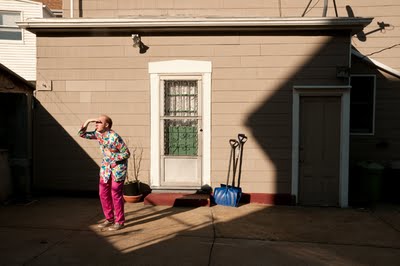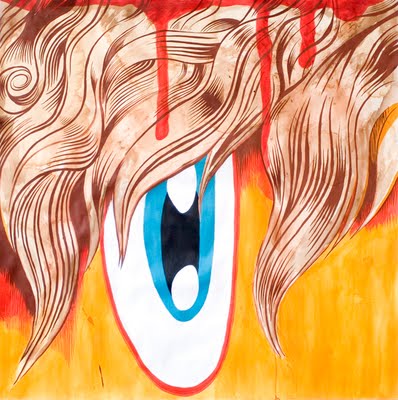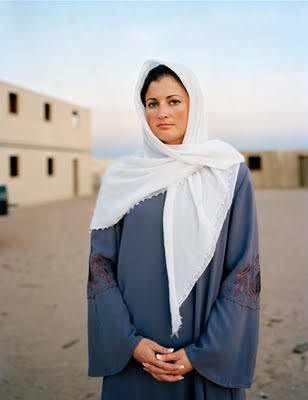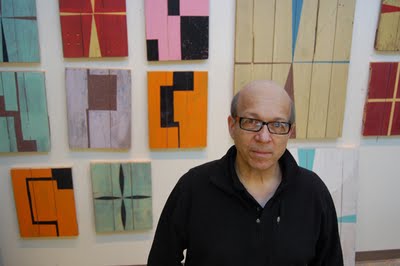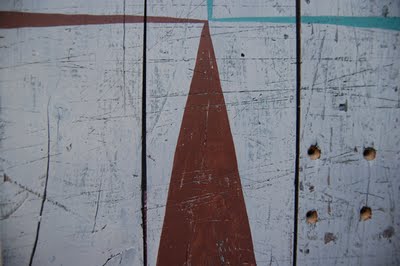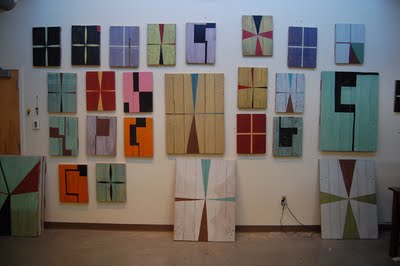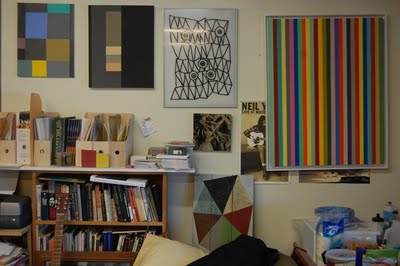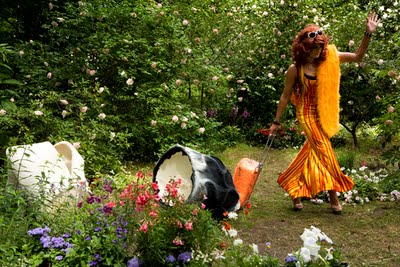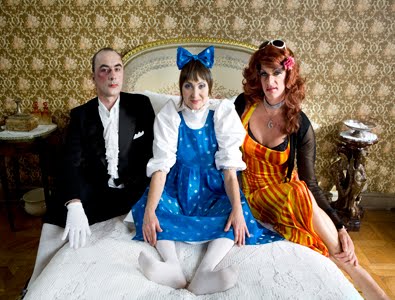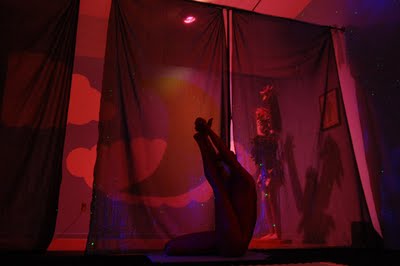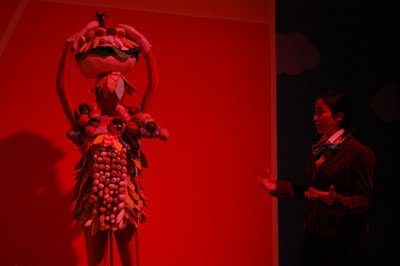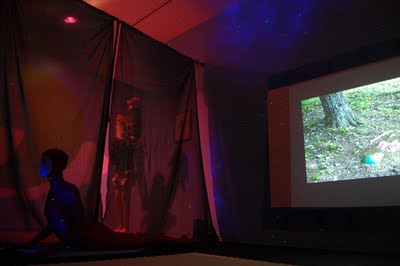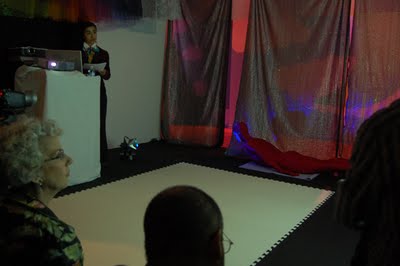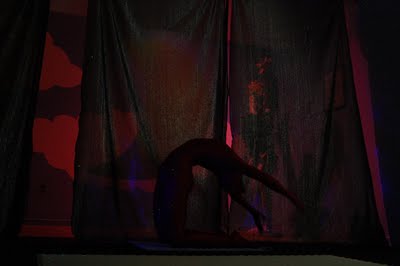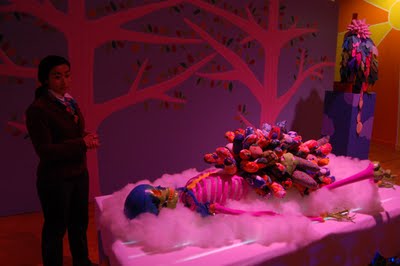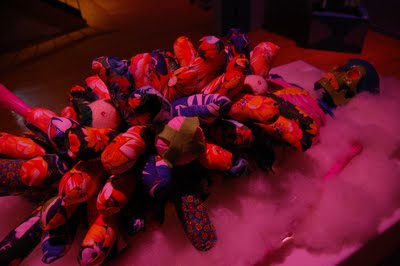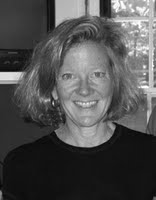"Abstraction in Providence" at RIC’s Bannister Gallery
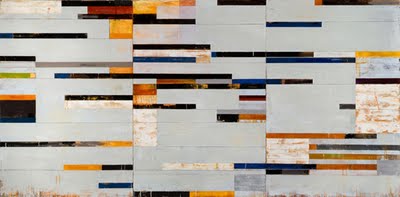
From our review of "Abstraction in Providence" at Rhode Island College's Bannister Gallery in Providence:
For decades, abstraction dominated avant-garde discourse, as painters worked to break art down to its basic elements, stripping away more and more of what seemed necessary to a painting, and then stripping away even more. The all-white paintings and giant steel cubes of the height of 1960s Minimalism signaled a turning point, however. Abstraction continues to dominate sculpture — particularly friendlier, warmer iterations of Minimalism — and major abstract painting continues to be produced by artists from Brice Marden to Elizabeth Murray to Gerhard Richter. But the style has become increasingly pushed out of the spotlight by various flavors of eccentric realism. Once painters split the atom, the experiments that helped them get there just didn’t feel so vital any more.Read the rest here.
Yet right on the heels of the excellent Pat Steir abstract drawing retrospective opening at the RISD Museum, the exhibit “Abstraction in Providence” arrives at Rhode Island College’s Bannister Gallery (600 Mount Pleasant Avenue, Providence, through April 22). Director James Montford rounds up five Providence painters for a strong mini-survey that leans toward the brushy, the romantic, the idiosyncratic personal touch.
Lloyd Martin is the only one of the bunch whose work is based on hard-edged geometry — but even that seems to be rusting away. His paintings are inspired rundown mills, patchwork loading docks, and tired, weathered walls. The star of the show is Martin’s "Currant" (2009), which features three abutting vertical canvases divided by horizontal stripes. The predominant hue is a pale blue painted over a rusty orange ground, the contrast between the color opposites upping the wattage of each other. There are also some narrower orange, black, red, and yellow stripes, as well as white blocks, and drips and splatters and things painted out. They channel the charismatic nostalgia of urban decay.
“Abstraction in Providence” arrives at Rhode Island College’s Bannister Gallery (600 Mount Pleasant Avenue, Providence, March 25 to April 22, 2009.
Pictured from top to bottom: Lloyd Martin, "Currant"; installation shot of two Irene Lawrence paintings, at left, and a Donna Brunton painting; and Donna Bruton, "The Healing Source."
